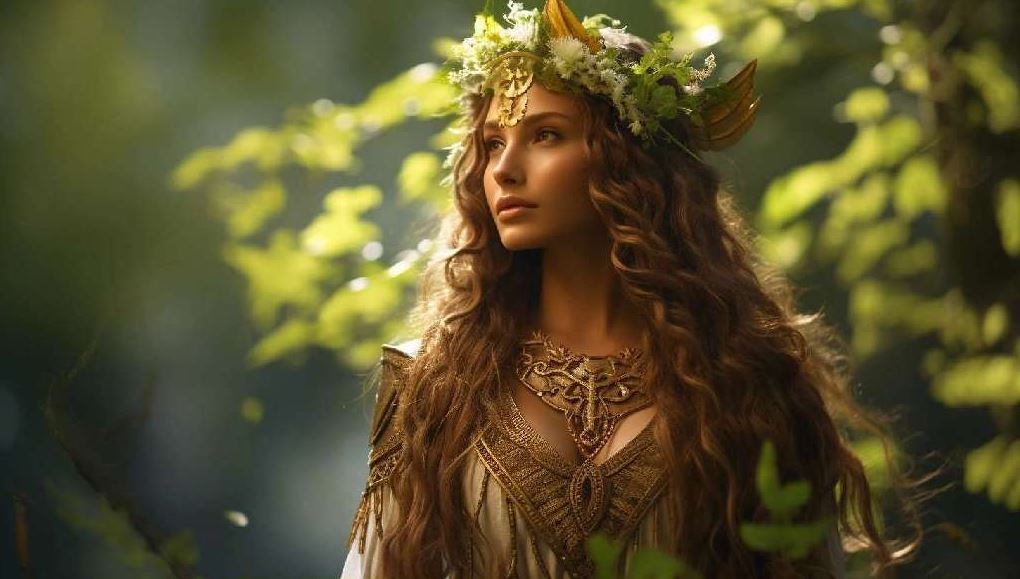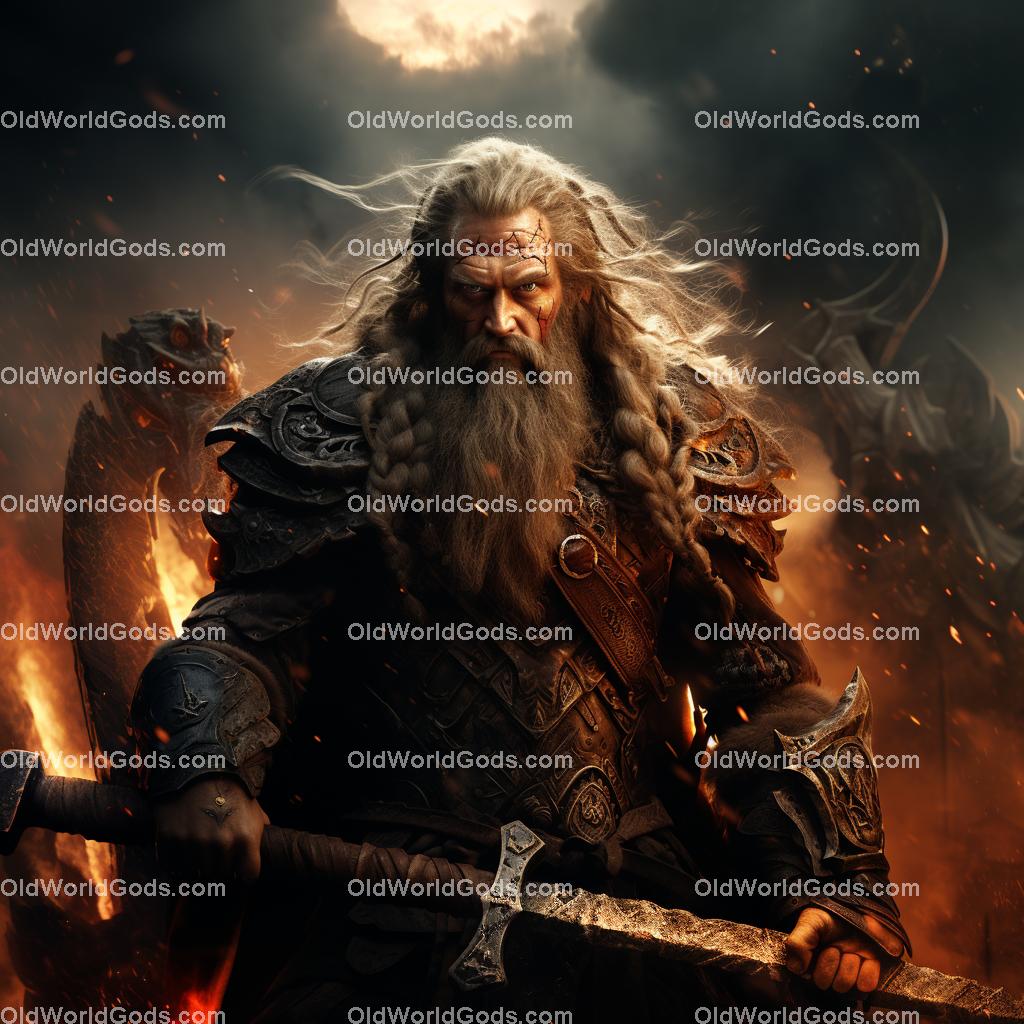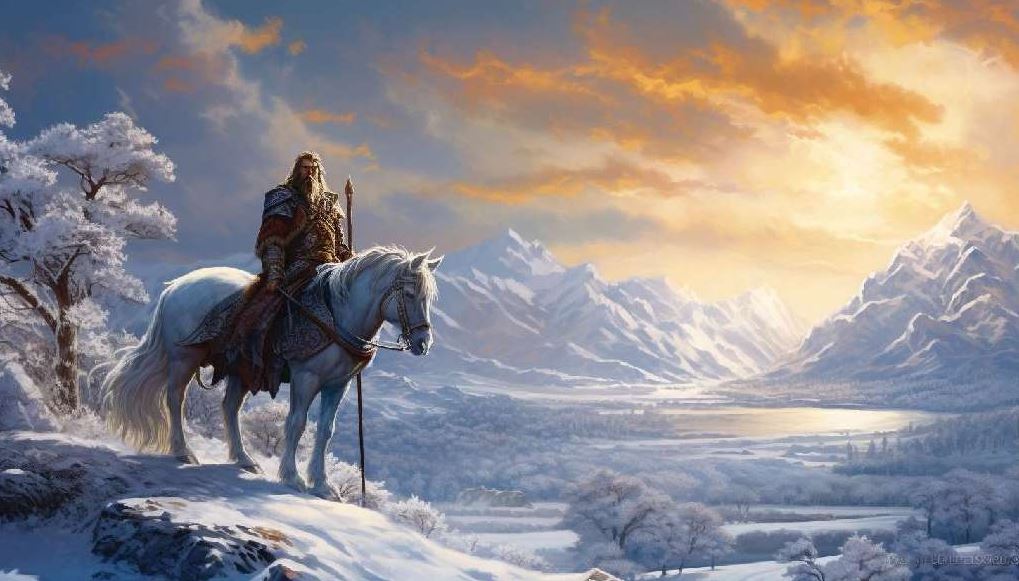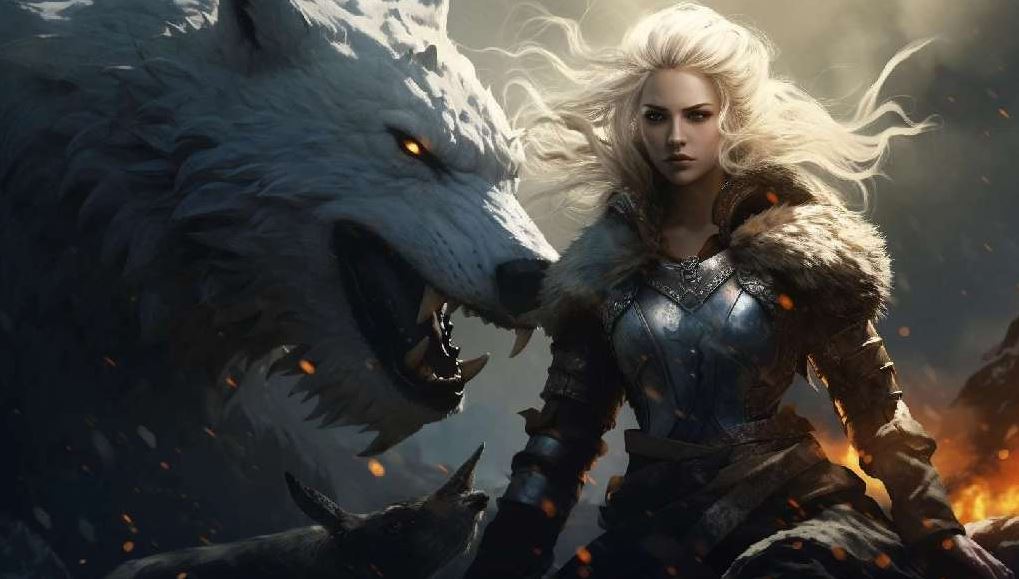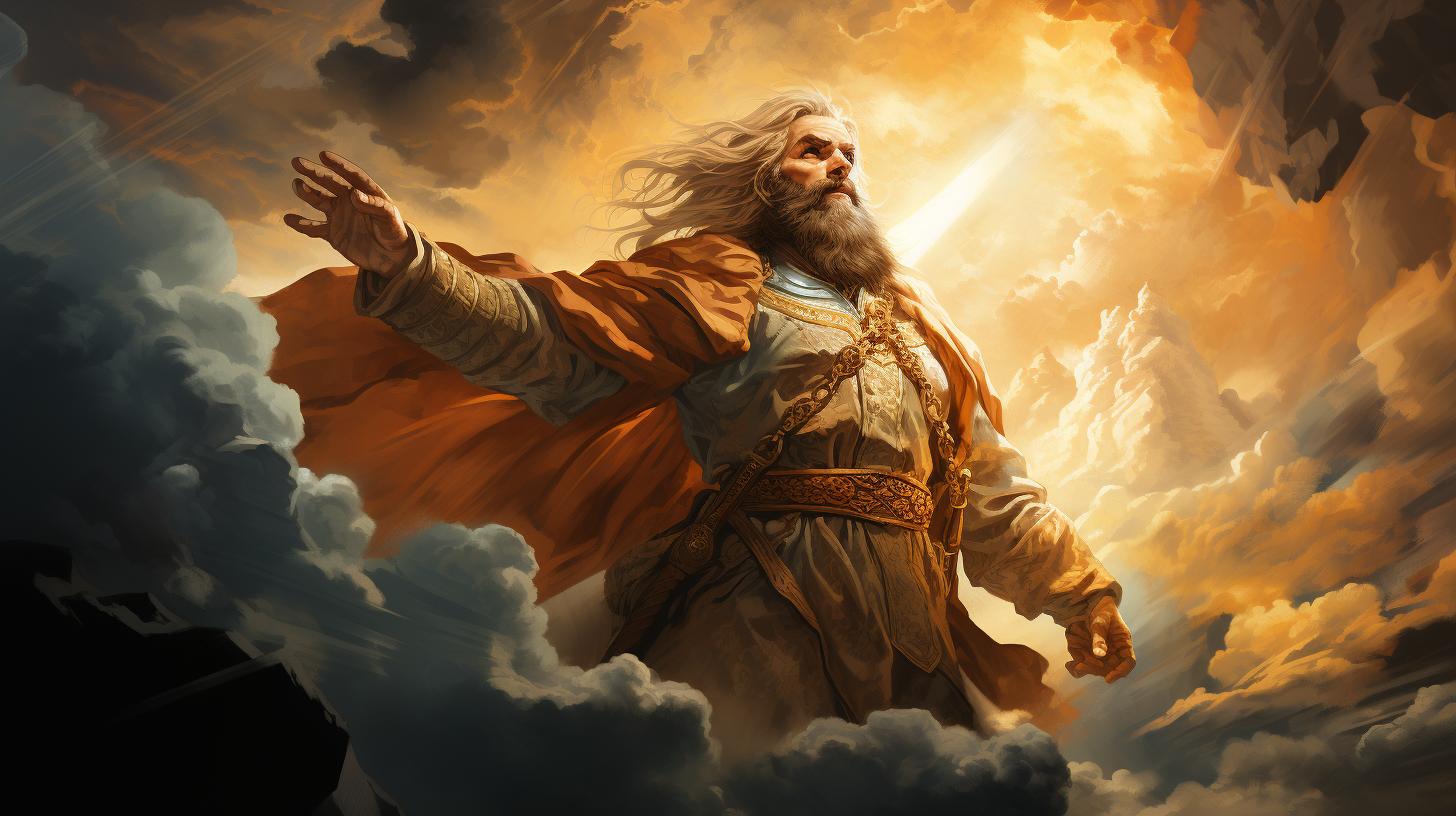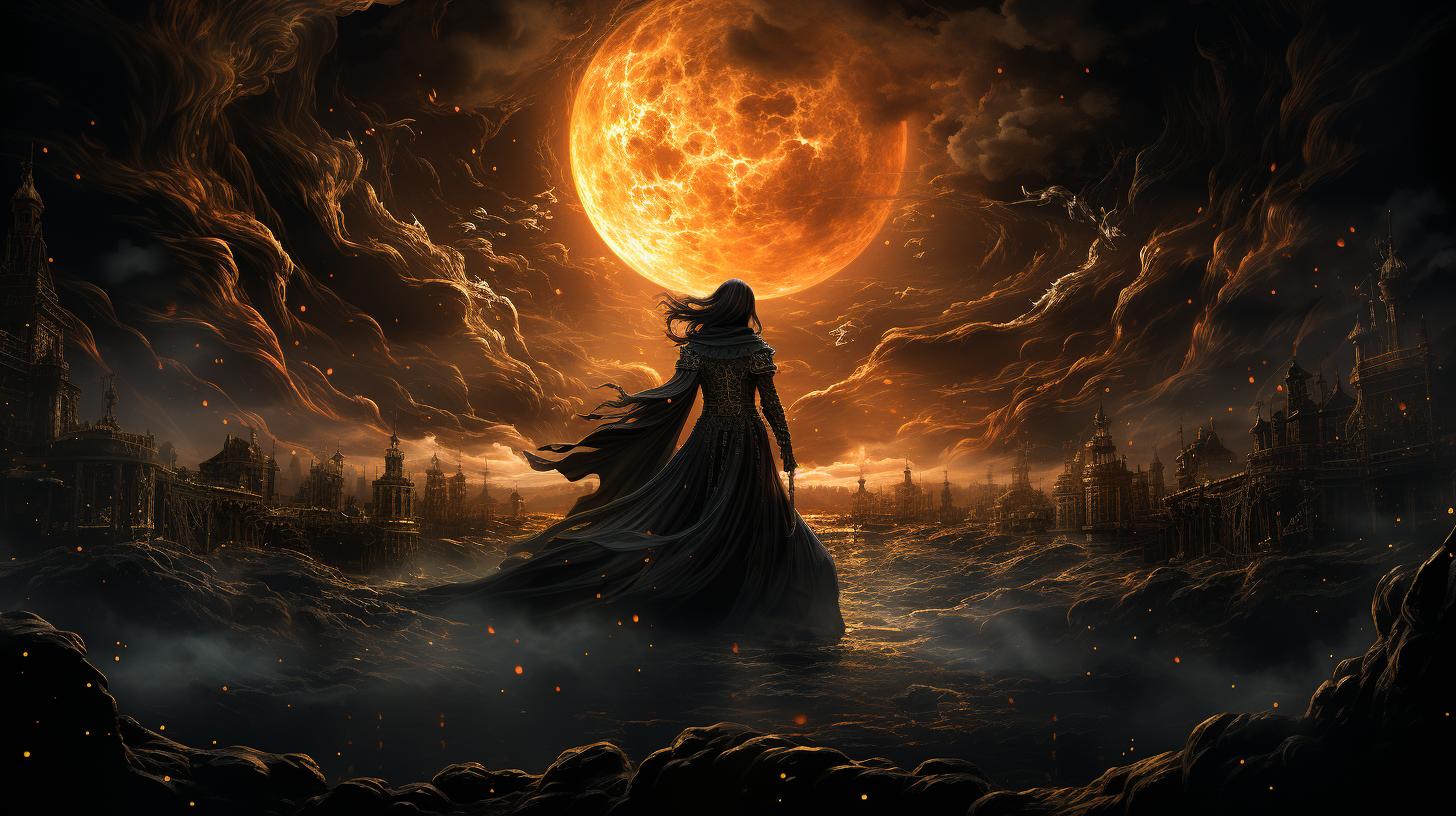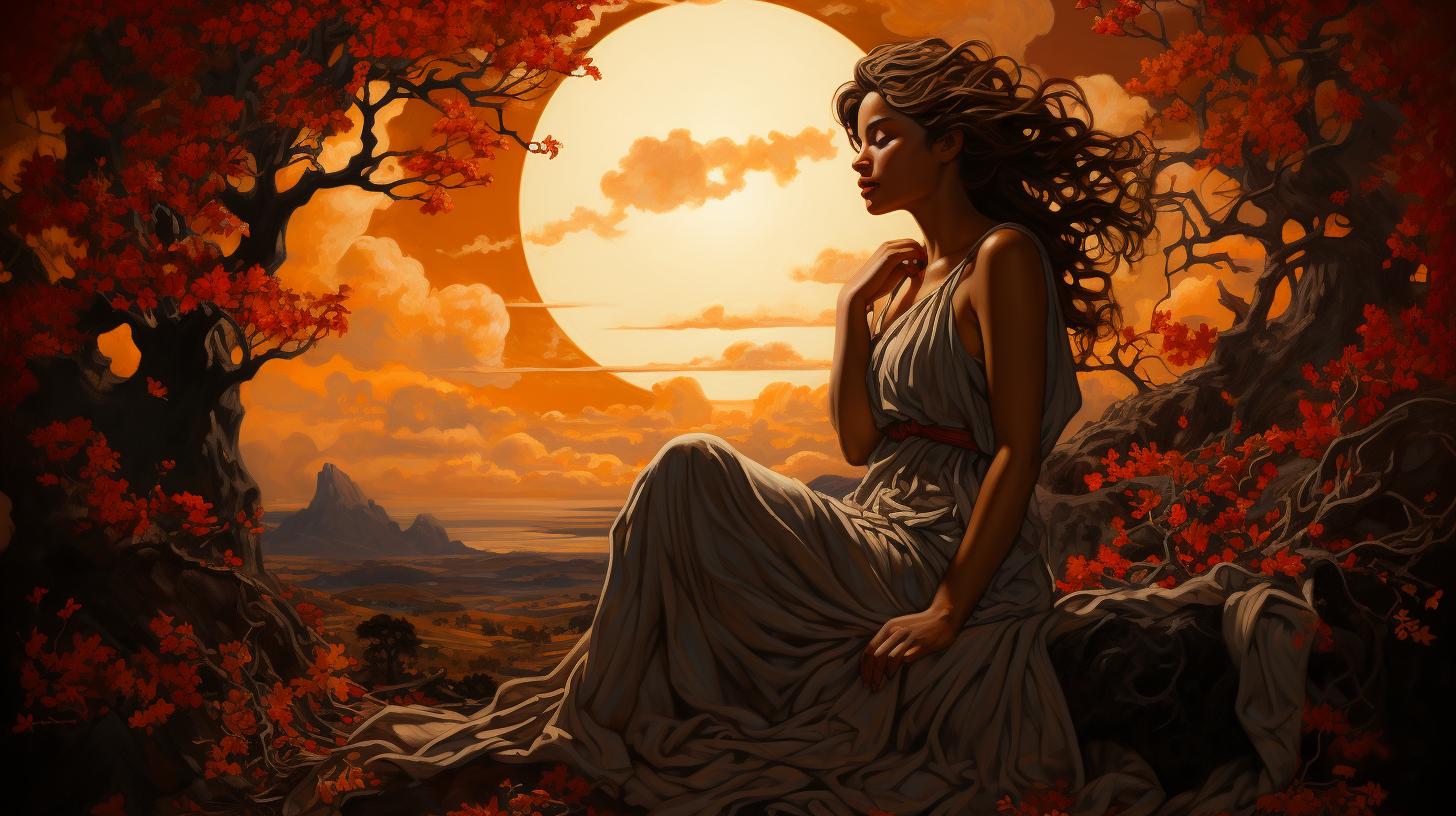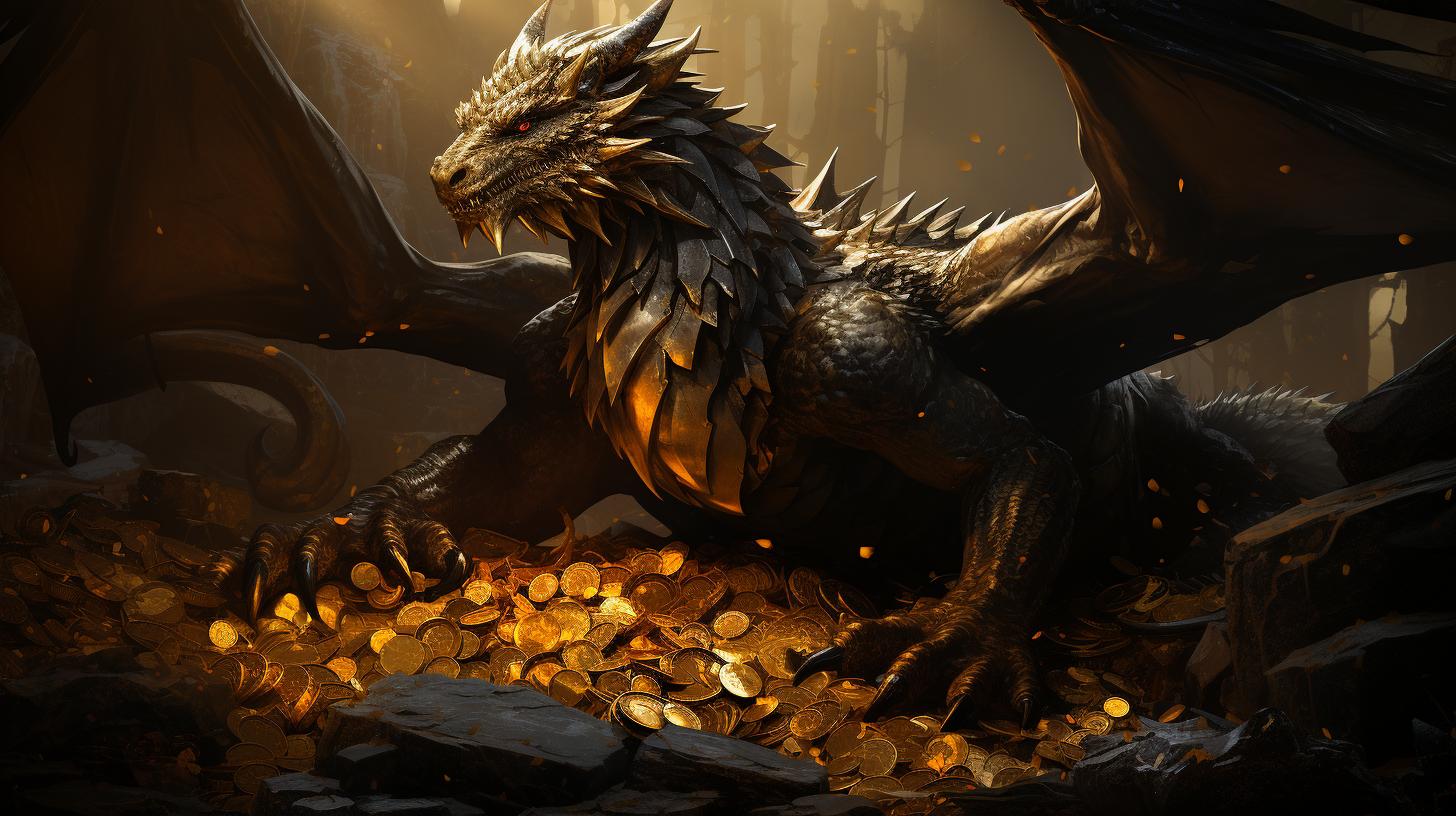Aesir and Vanir: Unraveling the Mythology and Divine Conflict
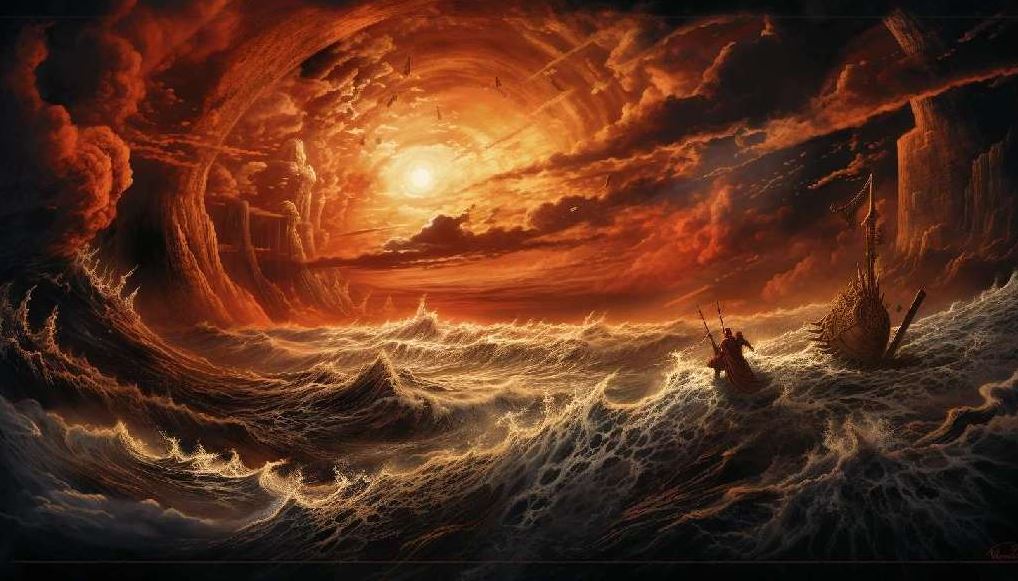
The mythology of the Aesir and Vanir holds a captivating narrative within ancient Norse cosmology. As two distinct groups of gods, they shaped the realms of Asgard and Vanaheim, each with their unique powers and roles.
This article delves into their origins, the legendary Aesir-Vanir war, influential deities, and the significance of their realms. Exploring their cultural legacy and symbolic aspects, we also examine scholars’ interpretations and theories surrounding this epic conflict.
Join us on this enthralling journey into the world of Aesir and Vanir.
Background on Aesir and Vanir
The ancient Norse mythology is a rich tapestry of gods, goddesses, and mythical realms. One of the captivating aspects of this mythology is the profound conflict between the Aesir and Vanir gods.
This conflict holds great significance in shaping the Norse cosmology and its narratives.
Ancient Norse Mythology
Ancient Norse mythology encompasses a vast collection of stories, beliefs, and traditions from the Norse culture. These myths provide insights into the creation of the world, the origin of gods and humans, and the complex interplay between various divine beings.
The Realm of Asgard
Asgard is a majestic realm, home to the Aesir gods. It is a realm of divine power and splendor, where the mighty halls of Valhalla and Odin‘s throne stand.
Asgard serves as a central hub of Norse mythology, housing many significant events and interactions between the gods.
Introduction to the Aesir and Vanir
The Aesir-Vanir War
The Aesir-Vanir War was a significant conflict in Norse mythology that shaped the realms of Asgard and Vanaheim. This section explores the causes and origins of the war, the key players and gods involved, and the epic battle itself, along with its aftermath.
Causes and Origins
- The Aesir-Vanir War began as a result of an intense rivalry and power struggle between the Aesir, the main group of gods residing in Asgard, and the Vanir, a separate group of gods residing in Vanaheim.
- The sources differ when it comes to the specific triggers of the war, including disputes over territory, resources, and ideological differences.
Key Players and Gods Involved
- The Aesir gods, led by mighty Odin and his sons Thor and Baldur, were prominent figures in the conflict.
- The influential Vanir deities, such as Freyr and Freyja, played vital roles representing fertility, prosperity, and nature.
- Other notable gods and goddesses from both sides joined the war, contributing to its intensity and scale.
Epic Battle and its Aftermath
- The Aesir-Vanir War culminated in a fierce battle that lasted for an extended period, resulting in massive destruction and loss.
- The aftermath of the war led to a truce and eventual integration between the Aesir and Vanir, marking a significant shift in Norse mythology and the pantheon of gods.
- The war’s impact on the realms of Asgard and Vanaheim, as well as its cultural significance and legacies, continue to be subjects of exploration and interpretation.
The Poetic and Prose Eddas
The Poetic Edda is a collection of Old Norse poems that provides invaluable insights into the mythology and cosmology of the Aesir and Vanir.
These compelling verses, believed to have been composed in the 13th century, explore the tales of gods, heroes, and the creation of the world.
Understanding the Poetic Edda
Delving into the Poetic Edda reveals the rich oral tradition that passed down these captivating myths. It encompasses a diverse range of poems, including the famous “Voluspa” which recounts the creation of the world and the Norse apocalyptic prophecy known as Ragnarok.
Each poem offers glimpses into the deities’ personalities, their interactions with mortals, and the complex nature of their realms.
Insights from the Prose Edda
Compiled by the Icelandic scholar Snorri Sturluson in the 13th century, the Prose Edda serves as a comprehensive guide to Norse mythology. This text not only provides further interpretations of the myths but also offers valuable explanations of their historical and cultural contexts.
In the Prose Edda, Snorri expands upon the stories presented in the Poetic Edda, offering more detailed narratives and characterizations. Additionally, he introduces the concept of kennings, poetic metaphors used to describe various aspects of the gods and their deeds.
These kennings further enrich our understanding of the Aesir and Vanir, shedding light on their attributes, roles, and symbolic significance within the mythological framework.
The Poetic and Prose Eddas together provide a profound exploration of the Aesir and Vanir mythology, offering both poetic beauty and scholarly analysis that continue to captivate enthusiasts of Norse lore to this day.
Gods and Goddesses of Aesir and Vanir
In the Norse mythology of Aesir and Vanir, we encounter a fascinating array of gods and goddesses. Let us delve into the influential deities of both groups and explore their significance:
Freyr and Freyja: Influential Vanir Deities
- Freya, the goddess of love, beauty, and fertility, possesses remarkable powers and often associated with powerful sorcery.
- Freyr, her brother, is the god of peace, prosperity, and bountiful harvest, maintaining a close connection with nature.
- Both deities are regarded as essential figures in Vanir, revered for their benevolence and influence over various aspects of life.
Thor and Odin: Prominent Aesir Gods
- Thor, the god of thunder and strength, wields the mighty Mjolnir and protects the realms from chaotic forces.
- Odin, the powerful Allfather and ruler of Asgard, embodies wisdom, knowledge, and war, with his ravens and spear as distinctive symbols.
- These prominent Aesir gods shape the mythos and serve as central figures in numerous epic tales of heroism and divinity.
Relationships and Interactions between the Deities
The intricate relationships and interactions among gods and goddesses of Aesir and Vanir play a significant role in Norse mythology:
- Intermarriages and alliances between the two groups fostered unity and facilitated the integration of their divine powers.
- These interactions often reveal multifaceted relationships encompassing kinship, friendships, rivalries, and various forms of cooperation.
- Detailed narratives and sagas document the intertwining lives of deities, unveiling layers of complexity within their interactions.
Exploring the gods and goddesses of Aesir and Vanir offers a glimpse into the vast pantheon and intricate dynamics of Norse mythology.
Exploring Vanaheim and Aesir Realms
The realms of Vanaheim and Asgard hold significant importance in Norse mythology. Let’s take a closer look at the nature, characteristics, and significance of these divine realms.
Nature and Characteristics of Vanaheim
- Vanaheim, the realm of the Vanir gods, embodies the essence of fertility, abundance, and natural beauty.
- It is described as a lush and vibrant land, adorned with lush forests, flowing rivers, and fertile fields.
- The Vanir gods, such as Freyr and Freyja, reign over Vanaheim, governing the cycles of growth, prosperity, and the bounties of nature.
Asgard and its Significance in Norse Mythology
- Asgard, the realm of the Aesir gods, stands as the celestial city of divine power and leadership.
- It is a realm fortified by magnificent walls and guarded by the mighty god Heimdallr.
- Asgard serves as the dwelling place of prominent Aesir deities like Odin and Thor, who embody strength, wisdom, and valor.
- This divine realm also houses various halls, including Valhalla, where fallen warriors are welcomed after their heroic deeds.
Exploring Vanaheim and Asgard allows us to understand the distinct characteristics and symbolism associated with these realms.
The contrast between the fertility and tranquility of Vanaheim and the strength and leadership of Asgard further emphasizes the duality within Norse mythology.
Cultural Significance and Legacy
The cultural significance of the Aesir and Vanir reaches far beyond their mythical conflict. Their integration and coexistence shaped the beliefs, traditions, and rituals of ancient Norse society.
Aesir-Vanir Integration and Coexistence
The integration of the Aesir and Vanir deities reflected the synthesis of different cultural and religious beliefs within Norse mythology. This blending of gods and goddesses signifies the harmonious coexistence of diverse forces and powers in the Norse cosmology.
Through their integration, the Aesir and Vanir brought together complementary aspects and strengths. Their union exemplifies the interconnectedness and interdependence of various divine forces, illustrating the balance and equilibrium emphasized in Norse culture.
Influence on Old Norse Language and Literature
The mythology of the Aesir and Vanir greatly influenced Old Norse language and literature. Their epic tales, poetic narratives, and divine conflicts became essential components of ancient sagas, eddas, and skaldic poetry.
Old Norse vocabulary and expressions often draw from the symbolic language and imagery associated with the Aesir and Vanir. The divine beings and their interactions served as a rich source of inspiration for poets and storytellers, showcasing the enduring impact of these deities on language and literary tradition.
Norse mythology’s intricate web of stories and characters, including the Aesir and Vanir, continues to captivate readers and scholars worldwide, preserving their legacy and ensuring their cultural significance endures.
Key Aspects in the Aesir-Vanir Conflict
The Aesir-Vanir conflict in Norse mythology holds symbolic significance and sheds light on the intricate relationships between these powerful deities. This section explores key aspects that shape this epic clash while drawing parallels to other Indo-European mythologies.
Symbolism of the War
The Aesir-Vanir conflict symbolizes cosmic order versus chaos, fertility versus destruction, and civilization versus untamed nature. It reflects the universal struggle between opposing forces and the necessary balance for harmony to prevail.
Through their confrontation, the gods exemplify essential aspects of existence and humanity’s quest for equilibrium.
The Role of Mimir and Gullveig
- Mimir, the wise counselor of the Aesir, played a crucial role during the war. His knowledge and guidance were prized by both sides, emphasizing the importance of wisdom in times of conflict.
- Gullveig, a mysterious figure associated with magic and sorcery, acts as a catalyst for the war.
Her presence ignites conflict and transforms her into a symbol of resilience and transformation.
Comparison to Other Indo-European Deities
- While the Aesir and Vanir conflict is unique to Norse mythology, parallels can be found in other Indo-European pantheons. Similar divine wars and rivalries exist in Greek, Roman, and Celtic mythologies, deepening our understanding of shared cultural themes and archetypes.
Theories and Interpretations
Within the realm of Aesir and Vanir mythology, scholars have put forth various perspectives in an attempt to unravel the intricate layers of the conflict.
These theories provide valuable insights into the underlying meanings and symbols embedded within the narrative.
Scholars’ Perspectives on the Conflict
Many researchers propose that the Aesir-Vanir war represents a metaphorical reflection of agrarian societies’ struggles with the forces of nature. It symbolizes the clash between the established order and the wild, untamed aspects of existence.
Some experts argue that the conflict depicts cultural and religious assimilation, showcasing how societies merge their deities and belief systems.
Myths and Symbols in the Aesir-Vanir Narrative
Deeply woven throughout the Aesir-Vanir narrative are rich mythological symbols that hold significant meaning. The concept of balance and the cyclical nature of life and death can be observed in the continuous interaction and rivalry between these divine factions.
Other symbols, such as the severed hand of Tyr and the golden apples of immortality, offer additional insights into the complexities of this mythos.
- Some key elements in the Aesir-Vanir conflict:
- The symbolism behind the severed hand of Tyr
- The significance of the golden apples of immortality
- Exploration of the concept of balance and cyclical nature
By examining these theories and exploring the symbols present in the Aesir-Vanir narrative, we can gain a deeper appreciation for the layers of wisdom and meaning within this ancient mythos.
Post Navigation
As we reach the conclusion of our exploration into the captivating realm of Aesir and Vanir, there are still many avenues to explore and further deep-dive into this rich mythology. Here are some valuable resources and recommended readings to continue your journey:
- ‘Norse Mythology: A Guide to Gods, Heroes, Rituals, and Beliefs’ by John Lindow.
- ‘The Poetic Edda’ translated by Carolyne Larrington.
- ‘The Prose Edda’ translated by Jesse L.
Byock.
- ‘The Viking Spirit: An Introduction to Norse Mythology and Religion’ by Daniel McCoy.
These books offer profound insights, detailed analyses, and interpretations from renowned scholars. Immerse yourself further in the captivating stories of the gods and goddesses, the cosmic battles, and the intricate relationships within the Norse pantheon.
Additionally, explore online platforms dedicated to Norse mythology, such as academic websites, forums, and mythology podcasts, where experts and enthusiasts gather to share their knowledge.
By continuing to study and understand the rich tapestry of Aesir and Vanir mythology, we gain a deeper appreciation for the cultural heritage of the Norse people and the enduring influence of their beliefs and stories.
…











